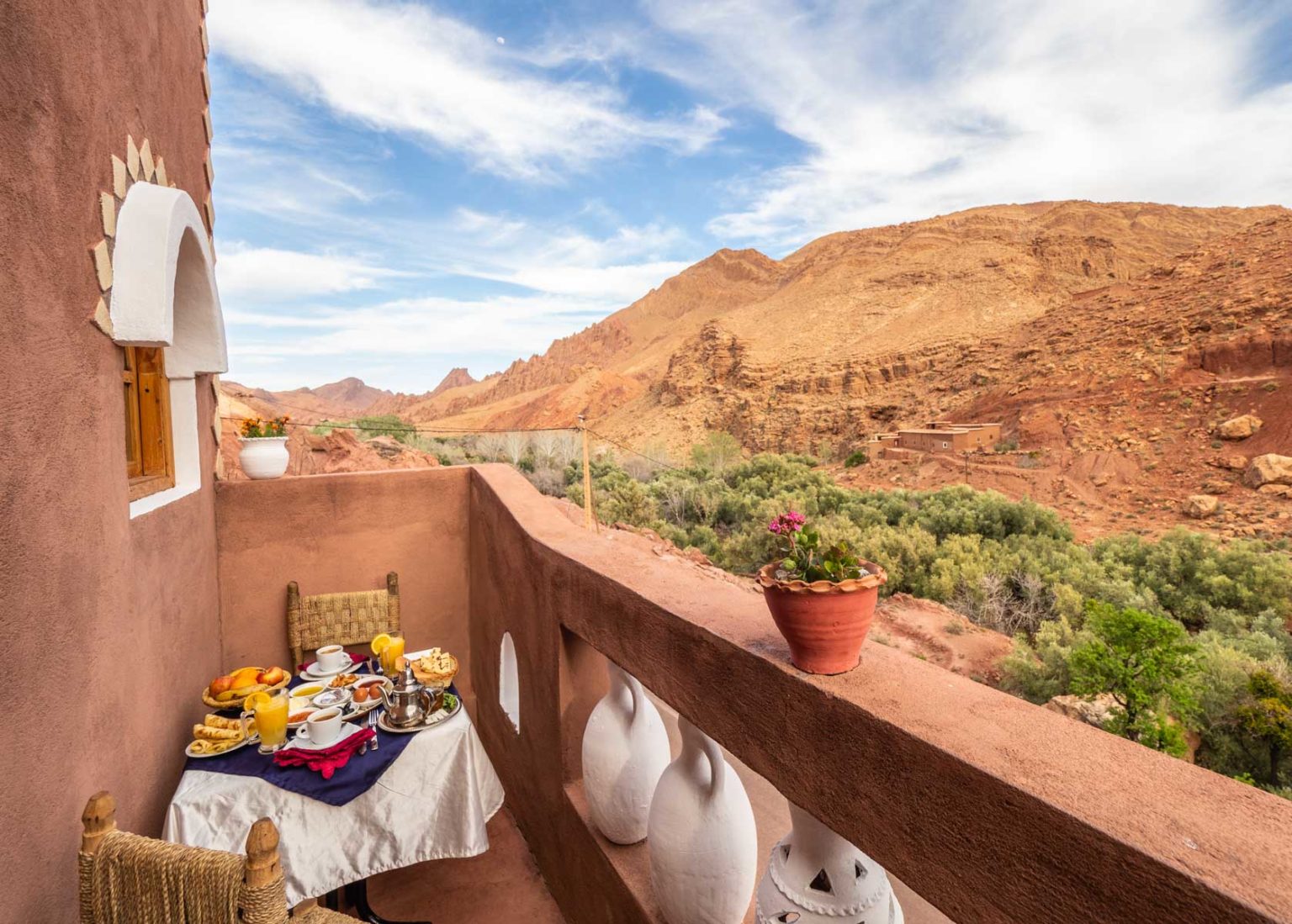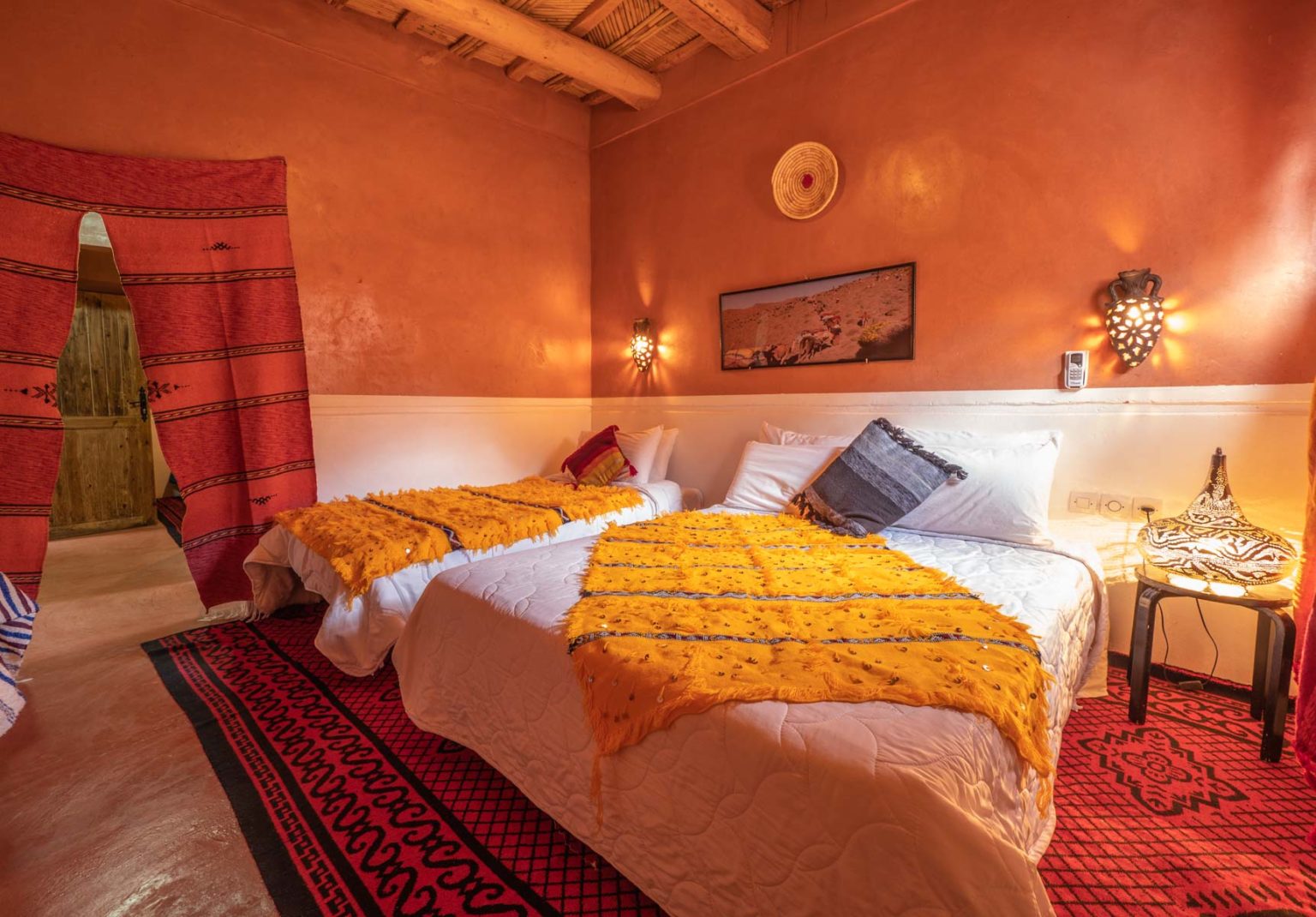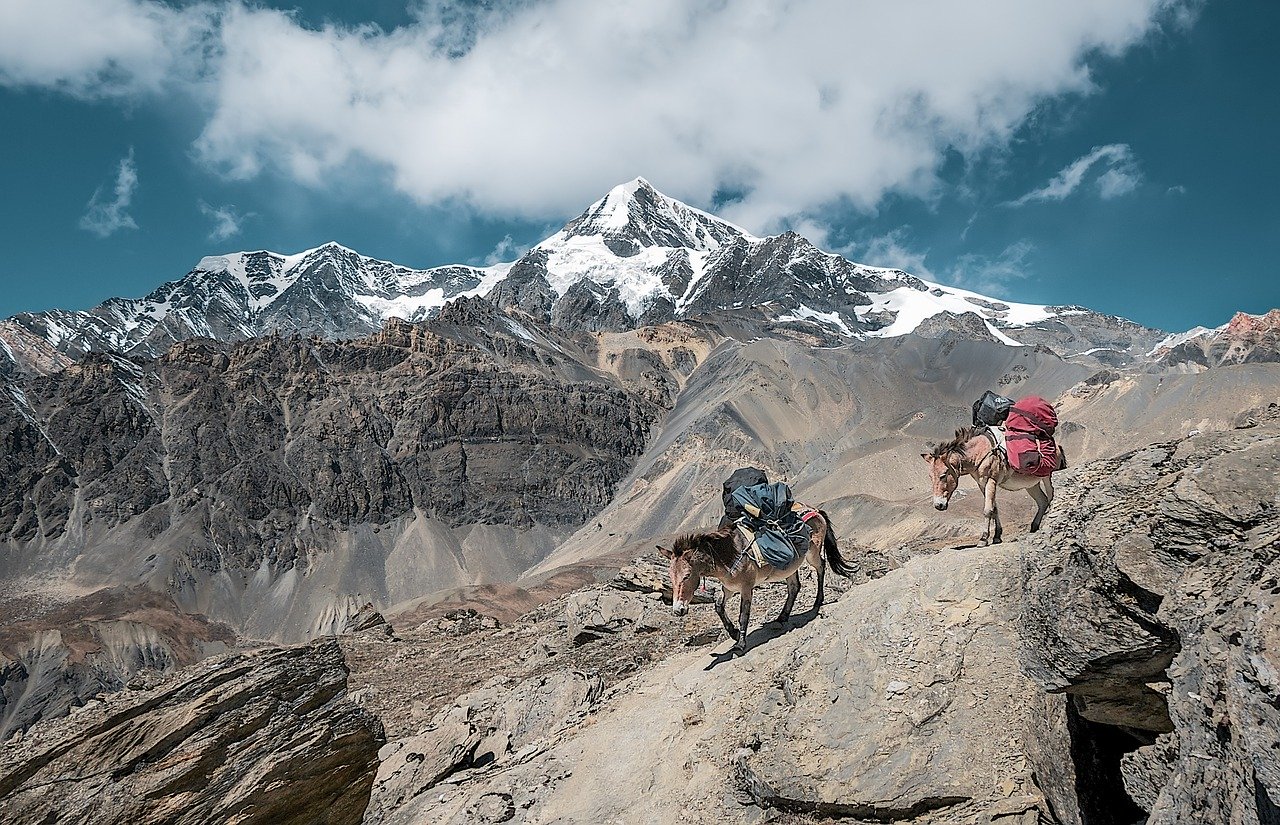
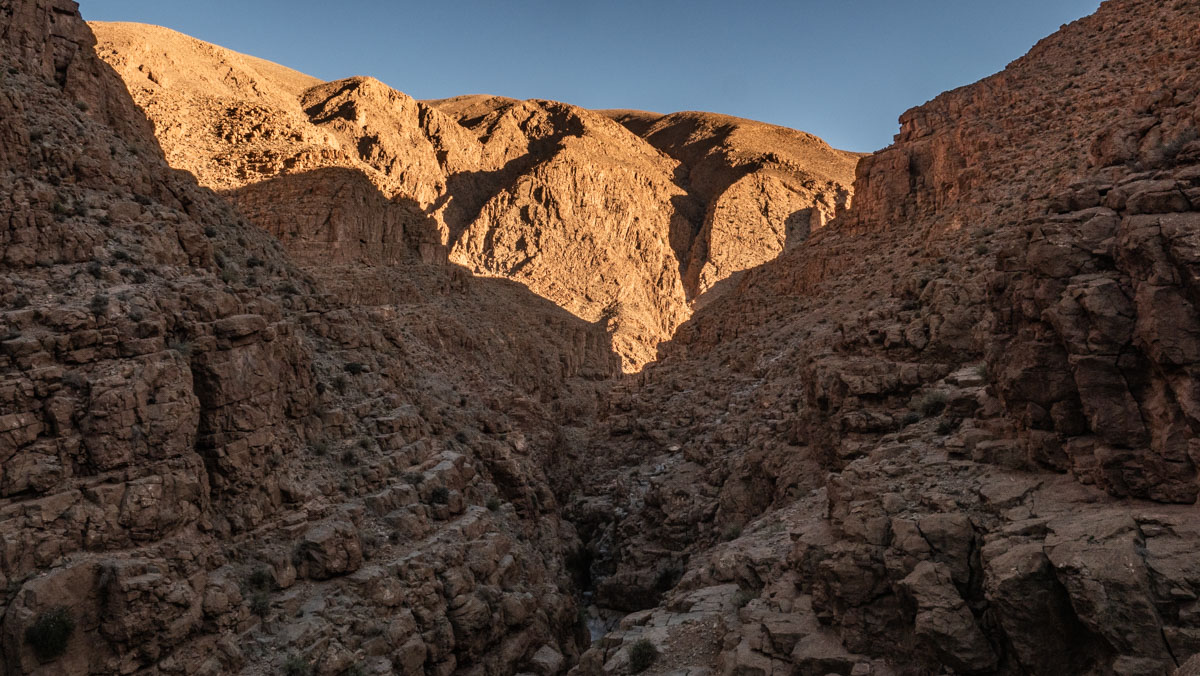
Traditional Clothing of the Berber People: A Cultural Insight
When exploring the rich cultural tapestry of Morocco, one cannot overlook the vibrant traditional clothing of the Berber people. This article delves into the captivating world of Berber attire, offering a glimpse into the heritage and identity of this ancient North African community.
The Berber People: A Brief Overview
The Berber people, also known as the Amazigh, are indigenous to North Africa, with a history that predates the Arab conquest of the region. Their culture is characterized by a deep connection to the land, a strong sense of community, and a rich tradition of craftsmanship.
Men’s Clothing
Traditional Berber men’s clothing is both functional and symbolic, reflecting the harsh desert environment in which they live. One key garment is the djellaba, a long, loose-fitting robe made from lightweight fabric that provides protection from the sun and sandstorms. It is often worn with a burnous, a hooded cloak that offers additional warmth during cool desert nights.
Women’s Clothing
Berber women’s clothing is equally striking, with intricate patterns and vibrant colors that showcase their skilled craftsmanship. The takchita is a traditional two-piece outfit consisting of a blouse and a long, flowing skirt. Women also adorn themselves with fibulae, decorative pins that hold their clothing in place and serve as symbols of beauty and status.
Textiles and Embroidery
Textiles play a central role in Berber culture, with each region known for its distinctive weaving techniques and patterns. Embroidery is another hallmark of Berber craftsmanship, with intricate designs adorning clothing, blankets, and other textiles. These patterns often carry symbolic meanings related to nature, fertility, and protection.
Symbolism and Tradition
Every piece of Berber clothing is imbued with symbolism and tradition, reflecting the wearer’s identity, social status, and cultural heritage. Patterns, colors, and materials are carefully chosen to convey messages about the individual’s place within the community and their connection to the natural world.
Auberge Atlas Dades: A Gateway to Berber Culture
For travelers seeking an authentic experience of Berber culture, Auberge Atlas Dades offers a unique opportunity to immerse oneself in the traditions and customs of this ancient people. Located in the stunning Dades Valley, this cozy guesthouse provides a glimpse into daily Berber life, from traditional meals to music and dance performances.
Guests at Auberge Atlas Dades can also participate in hands-on activities such as textile weaving, pottery making, and cooking classes, allowing them to gain a deeper appreciation for the skills and artistry of the Berber people. The warm hospitality of the staff and the breathtaking natural surroundings make it a truly unforgettable experience.
Preserving Berber Heritage
As modernization and globalization continue to impact traditional ways of life, efforts are underway to preserve and promote Berber heritage. Organizations like Auberge Atlas Dades play a crucial role in safeguarding


Tips for Exploring the Traditional Clothing of the Berber People
When it comes to understanding the rich cultural heritage of the Berber people, exploring their traditional clothing is a must. Here are some tips to help you navigate through this fascinating aspect of Berber culture:
1. Research Before Your Trip
Before embarking on your journey to explore the traditional clothing of the Berber people, it’s essential to do some research. Learn about the different types of clothing, the significance of colors and patterns, and the cultural practices associated with Berber attire. This background knowledge will enhance your experience and help you appreciate the clothing on a deeper level.
2. Visit Local Markets and Artisan Workshops
One of the best ways to immerse yourself in the world of Berber clothing is by visiting local markets and artisan workshops. Here, you can interact with local artisans, observe the traditional techniques used to create clothing, and even purchase authentic pieces to take home as souvenirs. Don’t be afraid to ask questions and engage with the artisans to gain a better understanding of the clothing and its cultural significance.
3. Attend Cultural Festivals and Events
Attending cultural festivals and events in Berber communities is another great way to learn about traditional clothing. These events often feature traditional fashion shows, where locals showcase their intricate garments and explain the stories behind them. By participating in these events, you can witness the beauty of Berber clothing firsthand and gain insights that you wouldn’t get from a museum or book.
4. Respect Local Customs and Traditions
As you explore the traditional clothing of the Berber people, it’s important to respect local customs and traditions. Avoid appropriating or misrepresenting the clothing for fashion purposes and instead approach it with a genuine interest in learning and appreciating the culture. Remember that these garments hold deep cultural significance for the Berber community, and it’s essential to treat them with the respect they deserve.
5. Document Your Experience
Lastly, don’t forget to document your experience exploring the traditional clothing of the Berber people. Take photos, keep a journal, or even create a blog to share your insights and discoveries with others. By documenting your journey, you not only create lasting memories for yourself but also contribute to the preservation and promotion of Berber culture for future generations.

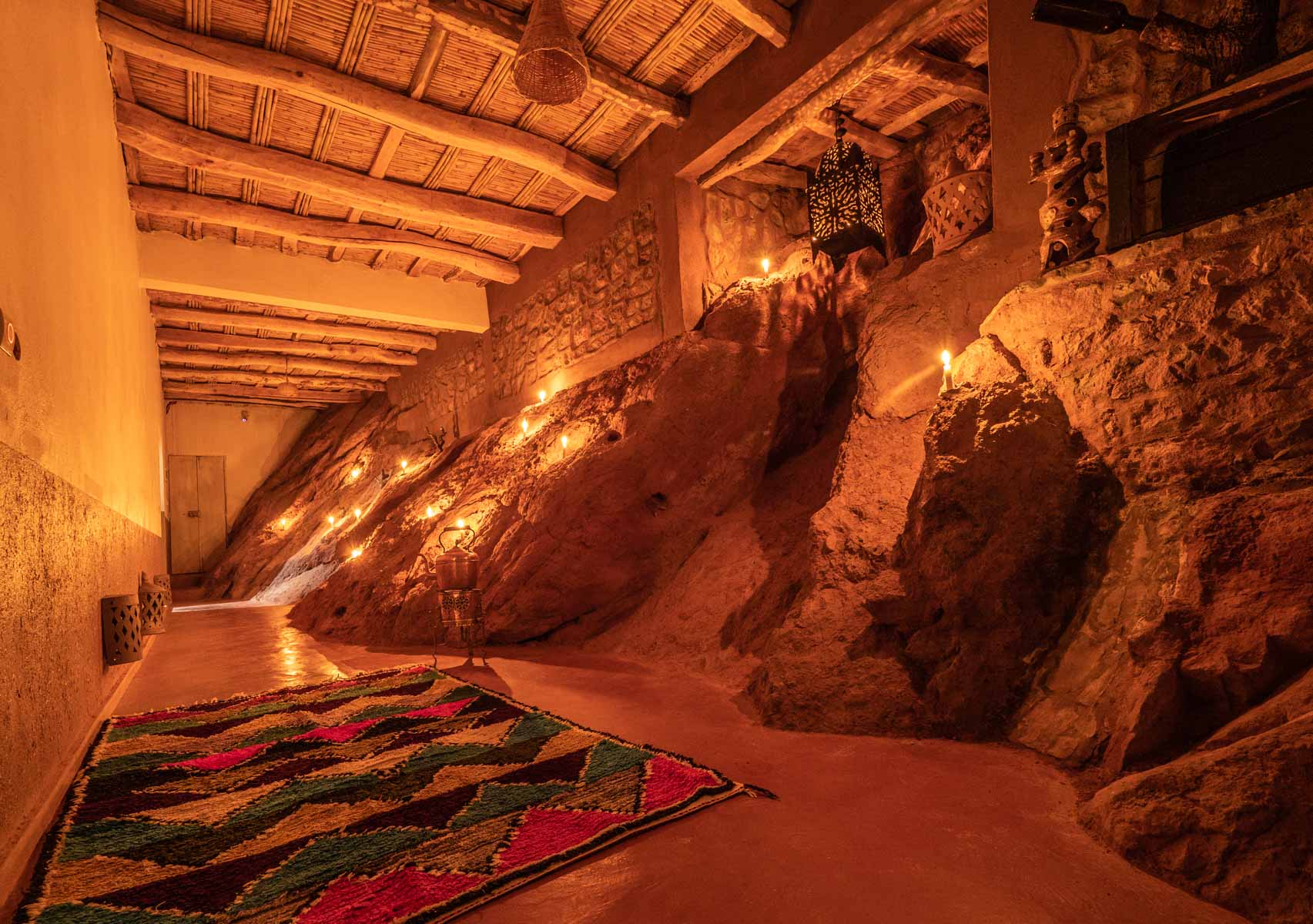
Exploring the Traditional Clothing of the Berber People in Morocco
When embarking on a journey to Morocco, one cannot help but be captivated by the rich cultural tapestry that the country has to offer. Among the many fascinating aspects of Moroccan culture is the traditional clothing worn by the Berber people, an indigenous group with a long and storied history in the region.
Discovering the Berber Heritage
The Berber people, also known as the Amazigh, have inhabited North Africa for thousands of years, with a culture that is deeply rooted in the land and its traditions. One of the most striking elements of Berber culture is their traditional clothing, which reflects their unique identity and history.
Insight into Berber Attire
Traditional Berber clothing is characterized by its vibrant colors, intricate patterns, and fine craftsmanship. Women often wear kaftans or tunics adorned with embroidery and beads, while men opt for jellabas and hooded cloaks known as burnous. These garments are not just clothing but also a form of cultural expression, with each design and motif holding symbolic significance.
Exploring the Souks and Markets
For travelers interested in experiencing Berber culture firsthand, a visit to the bustling souks and markets of Morocco is a must. Here, you can find a plethora of traditional Berber clothing and accessories, from intricately woven rugs to handmade jewelry and leather goods. Each item tells a story and offers a glimpse into the rich heritage of the Berber people.
Immersing in Berber Traditions
For those seeking a deeper immersion into Berber traditions, a visit to a local cooperative or artisan workshop can provide valuable insights into the craftsmanship and artistry behind traditional Berber clothing. Here, skilled artisans pass down age-old techniques, ensuring that these cultural treasures continue to thrive in the modern world.

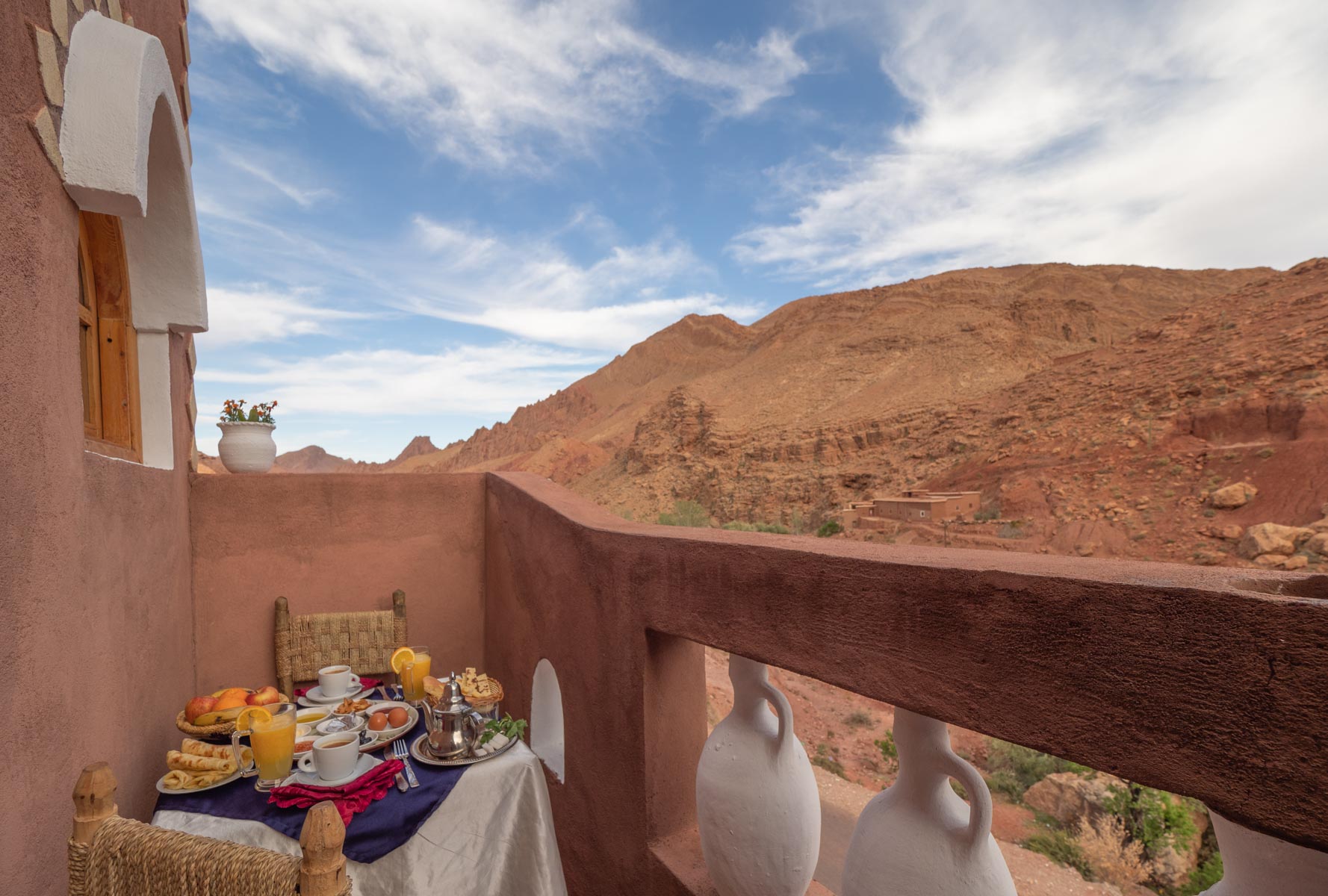
In this section, we will provide recommendations for travelers interested in exploring the traditional clothing of the Berber people. These recommendations cover what to do before, during, and after your trip to ensure a memorable and enriching experience.
Before the Trip:
Prior to embarking on your journey to discover the traditional clothing of the Berber people, it is essential to conduct thorough research. Familiarize yourself with the history and significance of Berber attire to better appreciate its cultural importance. Additionally, consider packing appropriate clothing for your trip, such as lightweight and breathable fabrics suitable for the desert climate.
During the Trip:
While exploring the Berber culture, make sure to engage with local artisans and craftsmen to gain insights into the intricate process of creating traditional clothing. Attend local markets and festivals where Berber garments are showcased, and don’t hesitate to ask questions to deepen your understanding. Immerse yourself in the vibrant colors and patterns of Berber attire to truly appreciate its beauty.
After the Trip:
Upon returning from your journey, consider supporting Berber communities by purchasing authentic clothing items directly from local artisans. By doing so, you contribute to the preservation of Berber traditions and craftsmanship. Share your experiences with others to raise awareness about the cultural significance of Berber clothing and inspire more travelers to explore this rich heritage.
For an authentic and immersive experience in Morocco, we recommend staying at Auberge Atlas Dades. Nestled in the breathtaking Dades Valley, this charming guesthouse offers a unique opportunity to connect with Berber culture and hospitality. Enjoy traditional Berber cuisine, participate in cultural activities, and admire the stunning landscape surrounding the Atlas Mountains.
Whether you are a seasoned traveler or a cultural enthusiast, Auberge Atlas Dades provides a welcoming and enriching environment to explore the traditional clothing of the Berber people. Immerse yourself in this unique cultural experience and create lasting memories in the heart of Morocco.



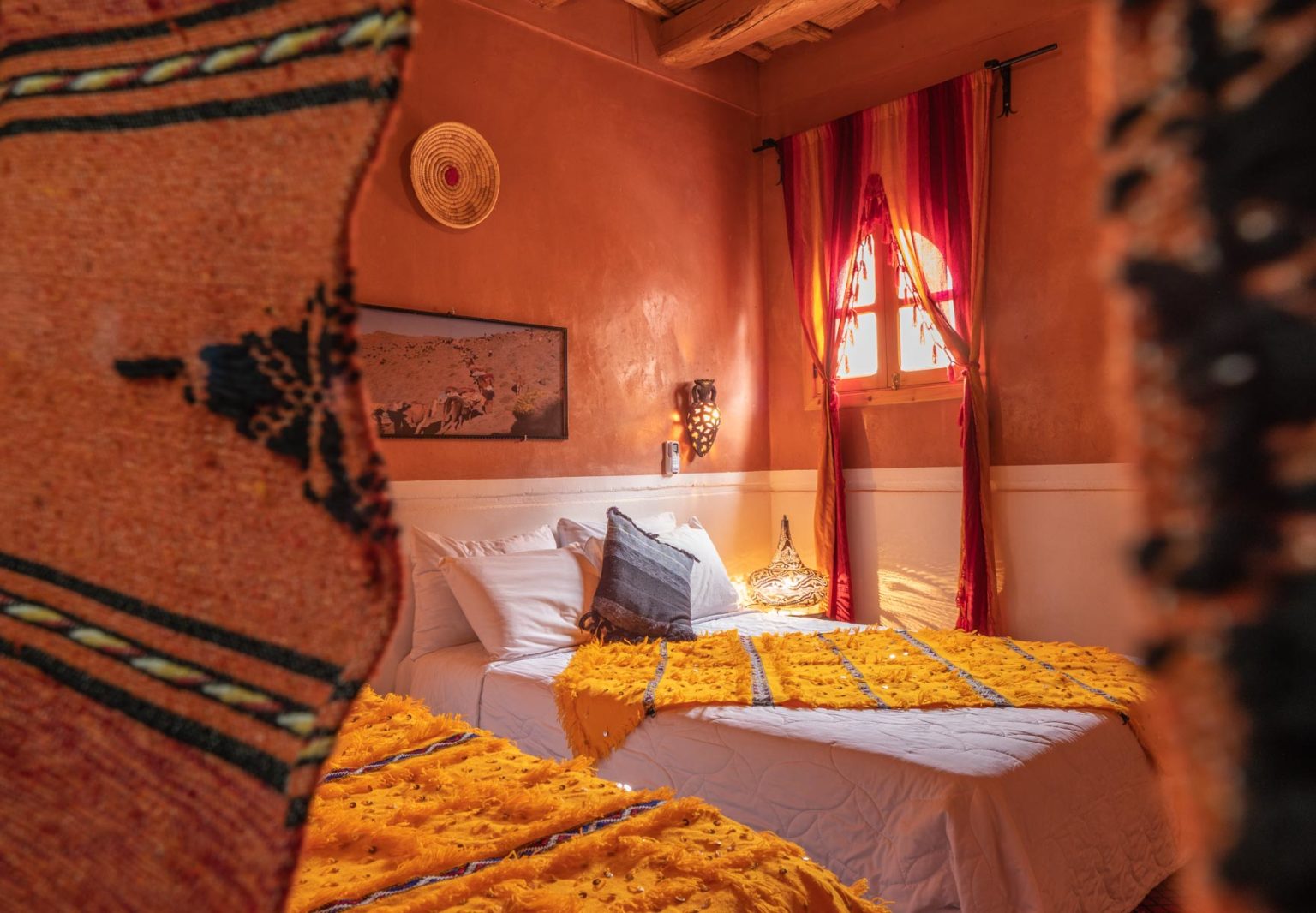
Frequently Asked Questions
1. What is the significance of Berber traditional clothing?
The Berber traditional clothing holds great cultural importance as it reflects the history and heritage of the Berber people. Each garment and accessory has a unique meaning and is often passed down through generations.
2. How is Berber traditional clothing made?
Berber traditional clothing is typically handmade using traditional methods and materials. Skilled artisans in Berber communities carefully craft each piece, incorporating intricate designs and patterns.
3. What are the different types of Berber traditional clothing?
There are several types of Berber traditional clothing, including djellabas, kaftans, and headscarves. Each type serves a specific purpose and is worn on different occasions.
4. Do Berber people still wear traditional clothing today?
Yes, many Berber people continue to wear traditional clothing as a way to preserve their cultural identity and heritage. However, modern influences have also impacted their fashion choices.
5. How can I differentiate between various Berber tribes based on their clothing?
Each Berber tribe has its own unique style of traditional clothing, characterized by specific colors, patterns, and embroidery. By studying these details, you can identify the tribe to which a person belongs.
6. Are there any taboos or restrictions related to Berber traditional clothing?
Some Berber communities have specific taboos or restrictions regarding the wearing of traditional clothing, especially during certain ceremonies or rituals. It is essential to respect these cultural norms.
7. Can tourists purchase authentic Berber traditional clothing?
Yes, tourists visiting Berber regions in Morocco can often find shops selling authentic Berber traditional clothing. These pieces make unique souvenirs and support local artisans.
8. What is the best way to care for Berber traditional clothing?
To preserve the quality and colors of Berber traditional clothing, it is recommended to hand wash them in cold water and avoid direct sunlight when drying. Some garments may also require special care.
9. Are there any modern adaptations of Berber traditional clothing?
With changing fashion trends, some designers have created modern adaptations of Berber traditional clothing to appeal to a wider audience. These pieces often blend traditional elements with contemporary styles.
10. How can I learn more about the symbolism behind Berber traditional clothing
